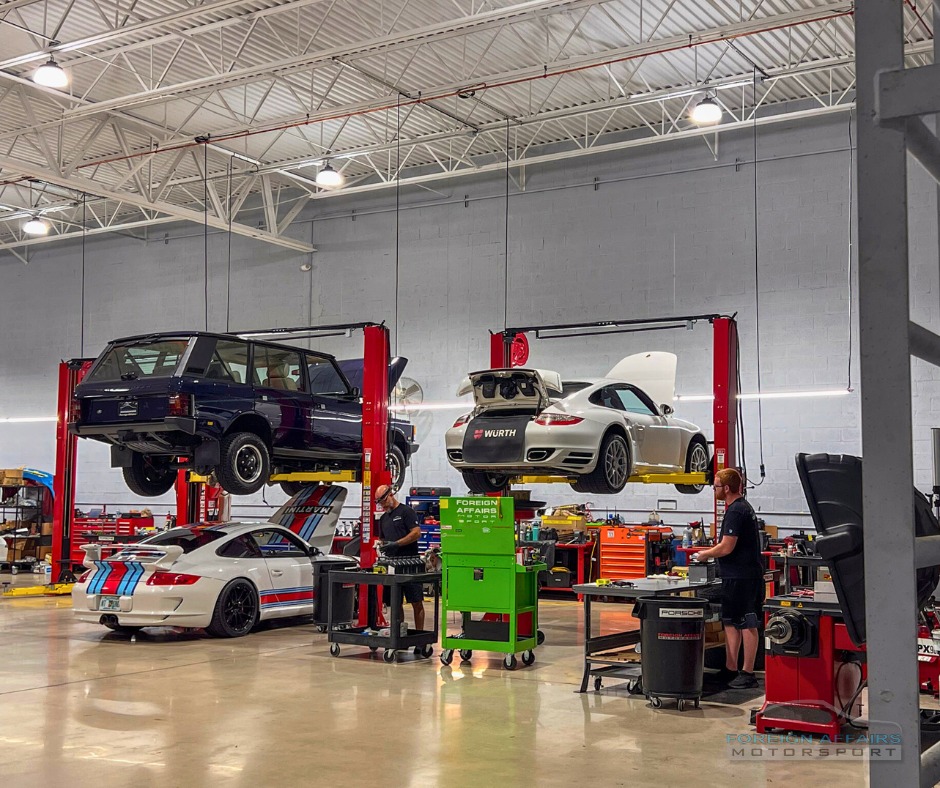Kollective Automotive Group Can Be Fun For Everyone
Table of ContentsOur Kollective Automotive Group IdeasFacts About Kollective Automotive Group UncoveredHow Kollective Automotive Group can Save You Time, Stress, and Money.See This Report on Kollective Automotive GroupHow Kollective Automotive Group can Save You Time, Stress, and Money.
Regular fixings, as a result of severe roadway problems and extreme climate, together with daily wear-and-tear typically speed up that decline. On top of that, better-equipped, much more powerful versions of the very same autos regularly replace much less efficient, older models. It is part-and-parcel of a much larger organization cycle, which has actually affected the program of the residential car industry for more than a century.
Both celebrations concurred from the start that the automotive business was like no various other residential market to day. Some influential automakers and suppliers highly advised embracing the organization design first developed by Montgomery Ward and Sears & Roebuck in the 1880s. Their growing mail order service had actually served both those stores quite well.
mail. Those representatives preferring that certain company technique argued that the residential automobile sector might wish to create a similar design that would certainly guarantee high returns with only a practical amount of financial investment upfront. Some also went so much regarding suggest that makers may take into consideration shipping their new vehicles in specially marked packages to owners who would certainly then assemble them in the benefit of their home.
Some Ideas on Kollective Automotive Group You Should Know
The bulk of cars and truck manufacturers thought that idea was very impractical. For this mail order principle to work at all, it would need a less hands-on service method for the purchasing public. https://sitereport.netcraft.com/?url=https://inhumannews.com. Its advocates proposed that automobile customers must order totally assembled cars with unique brochures
If that proceeded forever that would negatively impact the quality of the automobile produced there, which in turn would bring about reduced brand-new vehicle sales. That have to not happen. Auto repair services represented one more crucial concern requiring their focus. Particularly, would the representative responsible for positioning the brand-new automobile orders also deal with upkeep concerns, or would that individual merely refer the vehicle owner to individually run regional garages for their service needs? On top of that, for how long would balance vehicle repair work take, and exactly how would certainly the proprietor pay for them? In a comparable capillary, would the owner be financially in charge of virtually all repair work made on his or hers automobile, or would certainly the car manufacturers provide some sort of restricted warrantee-related security? Who would certainly take care of new vehicle warrantee information if manufacturers should decide to equip some defense? Auto suppliers needed to address these issues and more very first prior to taking on any irreversible service design to follow.
However, they firmly thought that any type of glitches that might develop can be fixed easily. Critics of that strategy were not so certain. No person said that the sheer size of this undertaking behooved the vehicle industry to come up with a possible, new means of selling and servicing its lorries.
The Single Strategy To Use For Kollective Automotive Group
Where they differed was not whether they should create a functional company strategy? That was an offered. The inquiry facing them was what was the most effective method for them to attain that objective? Ultimately, auto professionals overwhelmingly preferred the local representative model over mail order solution. It was much more effective and faster than the U.S - kollective auto group.
Those sustaining the dealer model better contended that distributors need to play a conclusive role in any-and-all significant choices. Their particular organization duties should include a lot even more than offering as middlemans between the factory and buyers. At the turn of the 20th century, innovative leaders in the area strongly recommended that any future service connection in between residential vehicle makers and their suppliers must be both reasonable and straightforward, with neither group absolutely controling the other.
Kollective Automotive Group Fundamentals Explained

No sooner were these company principles embraced prior to a new, equally complicated trouble emerged (bill berardino). As early as 1922, doubters kept in mind an expanding difference between the desire of neighborhood dealers to give their customers with the most effective possible, least expensive cost repair work service vs. the equally pressing need to make respectable earnings on the work carried out in their corresponding stores
Being an all new sector, having a hard time dealerships had few company criteria to bring into play regarding exactly how effective, successful electrical outlets ought to operate - https://www.findabusinesspro.com/general-business-1/kollective-automotive-group. They were entirely on their-own. Intending to do right by their cars and truck owners as a means of accumulating repeat business swiftly led many distributors to undercharge for costly repair job
Some Known Details About Kollective Automotive Group
They micromanaged virtually every business facet of their dealerships by asserted that they, and not their distributors, had thought the mass of the economic problem corresponded with operating such an enterprise - kollective group. It appeared completely sensible for the manufacturer, not the dealership, to make the majority of business choices influencing the future of their procedures.
Justness in service techniques aside, the majority of car manufacturers revealed bit, if any kind of, sorrow when it pertained to enforcing rough demands and regulations on their lots of electrical outlets. The term dealership in its most strict feeling implied handler, not plan maker, and the majority of domestic cars and truck makers followed that line of assuming to what they believed was its logical conclusion.
Manufactures justified their meddling in the daily affairs of their dealers by asserting that they alone were the most read more effective qualified to handle such issues, and that they, instinctively knew, what was best for their organization. Unfortunately, that hard company line, instituted at the time of the First World War, did not soften a lot with time.